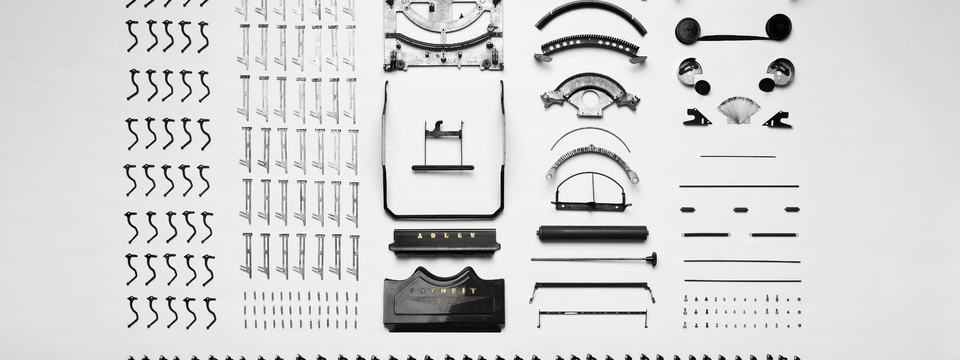
An article is usually considered an adjective
The articles in the English language are the and a/an, and (in some contexts) some. 'An' and 'a' are modern forms of the Old English 'an', which in Anglian dialects was the number 'one' (compare 'on', in Saxon dialects) and survived into Modern Scots as the number 'ane'. Both 'on' (respelled 'one' by the Normans) and 'an' survived into Modern English, with 'one' used as the number and 'an' ('a', before nouns that begin with a consonant sound) as an indefinite article.
Adjective
Traditionally in English, an article is usually considered to be a type of adjective. In some languages, articles are a special part of speech, which cannot easily be combined with other parts of speech. It is also possible for articles to be part of another part of speech category such as a determiner, an English part of speech category that combines articles and demonstratives (such as 'this' and 'that').
Common nouns
In languages that employ articles, every common noun, with some exceptions, is expressed with a certain definiteness (e.g., definite or indefinite), just as many languages express every noun with a certain grammatical number (e.g., singular or plural). Every noun must be accompanied by the article, if any, corresponding to its definiteness, and the lack of an article (considered a zero article) itself specifies a certain definiteness. This is in contrast to other adjectives and determiners, which are typically optional. This obligatory nature of articles makes them among the most common words in many languages—in English, for example, the most frequent word is the.[1]


Referansekunder
